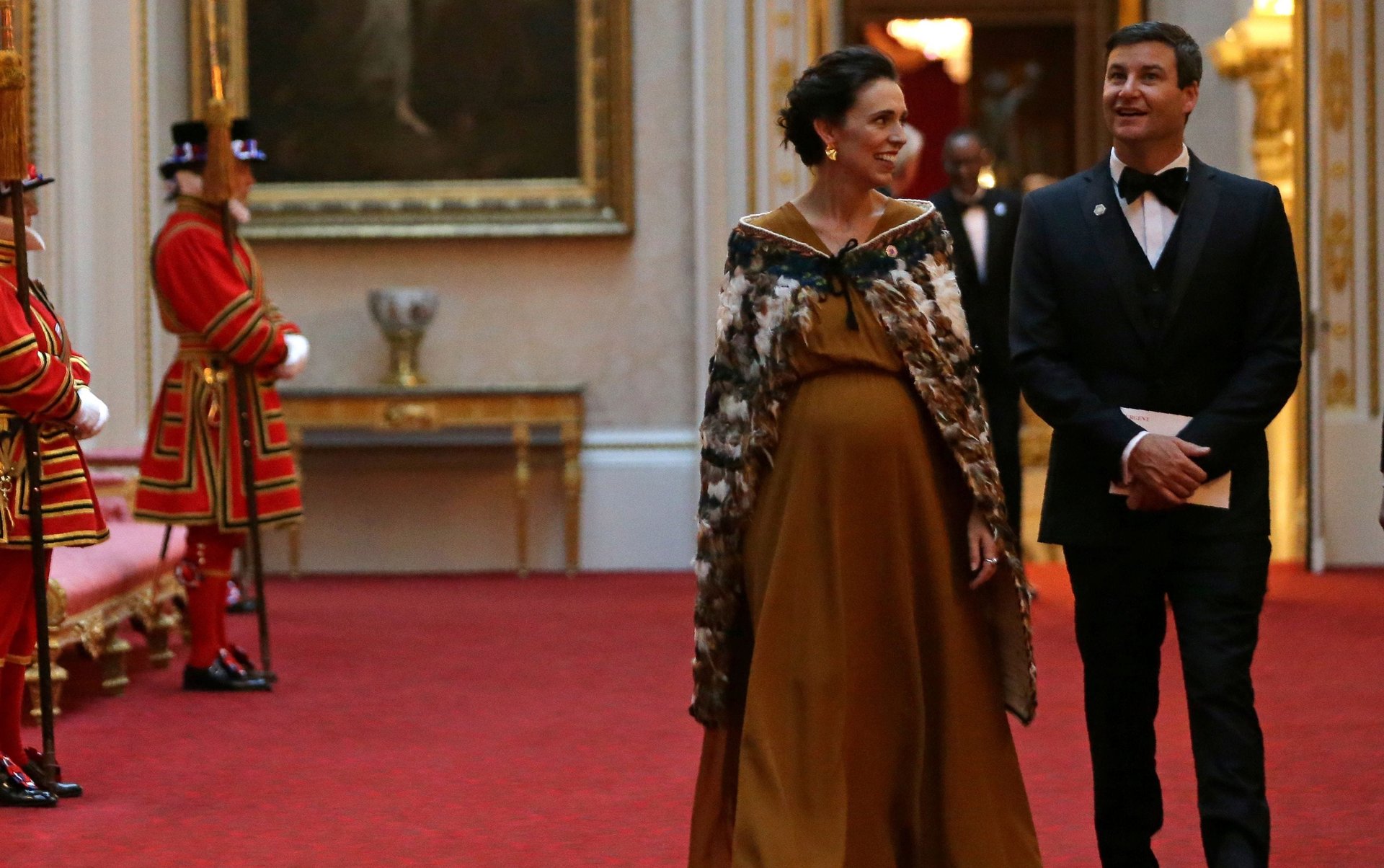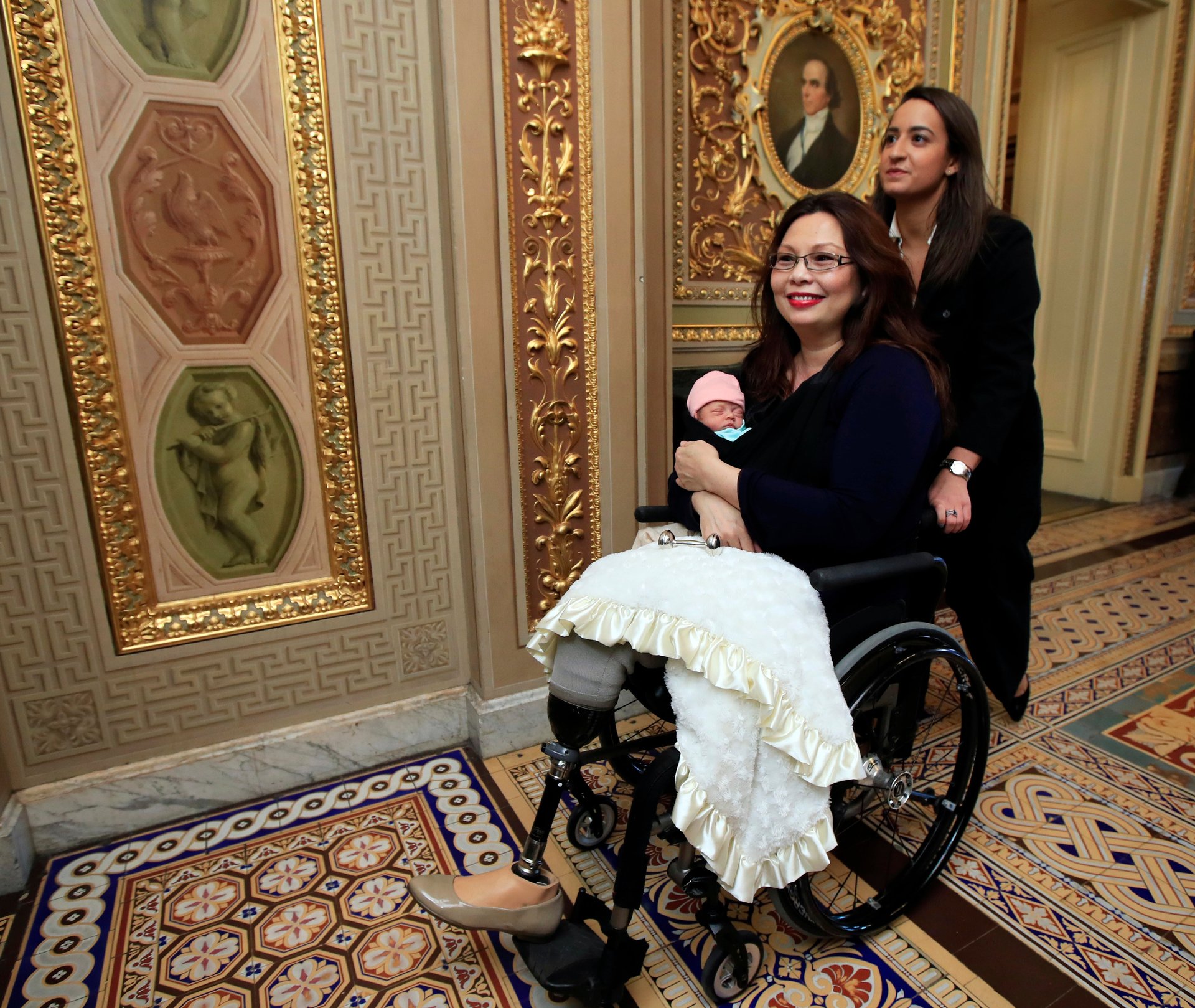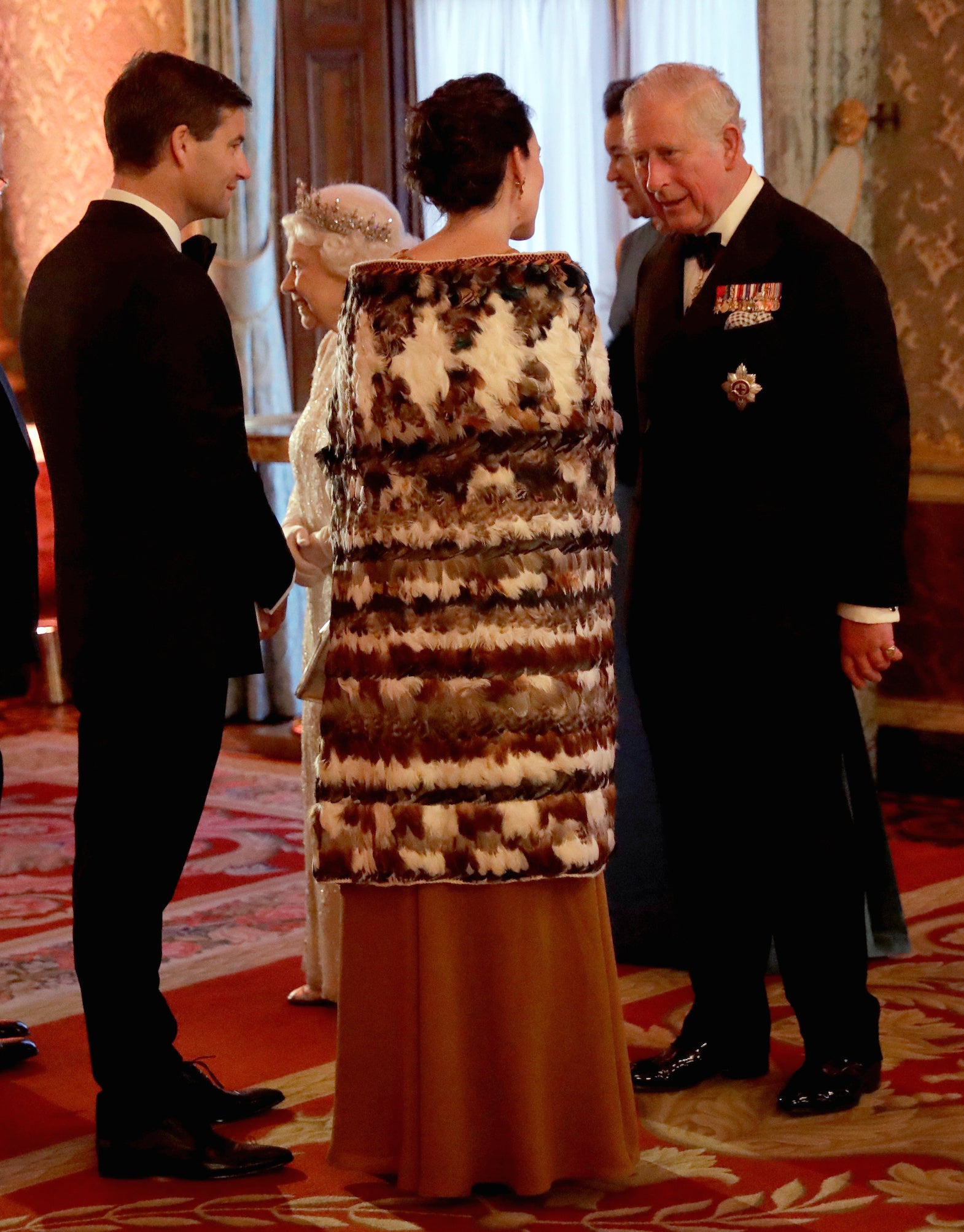This week challenged notions about what leadership looks like
If your image of a leader is a white guy in a tie, this past week might help reframe your thinking.


If your image of a leader is a white guy in a tie, this past week might help reframe your thinking.
Yesterday (April 19), US senator Tammy Duckworth, a Democrat from Illinois, brought her newborn baby to the Senate floor. Duckworth is the first new mother to serve in the senate’s 229-year history; rules literally had to be re-written to allow a child on the Senate floor (to its credit, the crusty institution, if cautious about the whole idea, passed the change unanimously).
Duckworth, 50, confounds stereotypes about senators in other ways, too: She’s an Asian-American veteran of the US war in Iraq, who lost both her legs after the helicopter she was piloting was shot by a rocket-propelled grenade.

Also yesterday, Jacinda Ardern, the prime minister of New Zealand, turned heads by wearing a traditional Maori feathered robe over her gown at an event for Commonwealth leaders in Buckingham Palace. Ardern also doesn’t conform to notional ideas of leadership. At 37, she’s the youngest female prime minister in history. She’s also seven months pregnant, and not married to her partner.

We cling to the stereotype of the white male leader because for many years it was rooted in the truth: For centuries, white men overwhelmingly occupied positions of power. But stereotypes can be damaging when they trap us in rigid world views, or blind us to changing dynamics.
In their seminal research, psychologists Amos Tversky and Daniel Khaneman explored the idea of heuristics, or the mental shortcuts we take to make thousands of quick judgments everyday. The representativeness heuristic is used to make assessments about whether an object, event, or person is representative of a larger class. While it can help us make sense of the world, it can fail us when we overestimate its ability to make accurate predictions. For instance, in one study, subjects were more likely to classify someone described as “meticulous, introverted, meek, solemn” as a librarian instead of a farmer, even though they agreed there were far more more farmers than librarians in the population. Useless information can trump probabilities.
The heuristic reinforces stereotyping, and the making of quick judgments before processing all the information. As a result, it’s possible to see a disabled mother with an infant on the Senate floor and quickly conclude she doesn’t belong there—because she doesn’t conform to our expectations of what a senator looks like— without considering the more likely probability that because she is on the Senate floor, she’s probably a senator.
This story is part of How We’ll Win, a project exploring the fight for gender equality at work. Read more stories here.